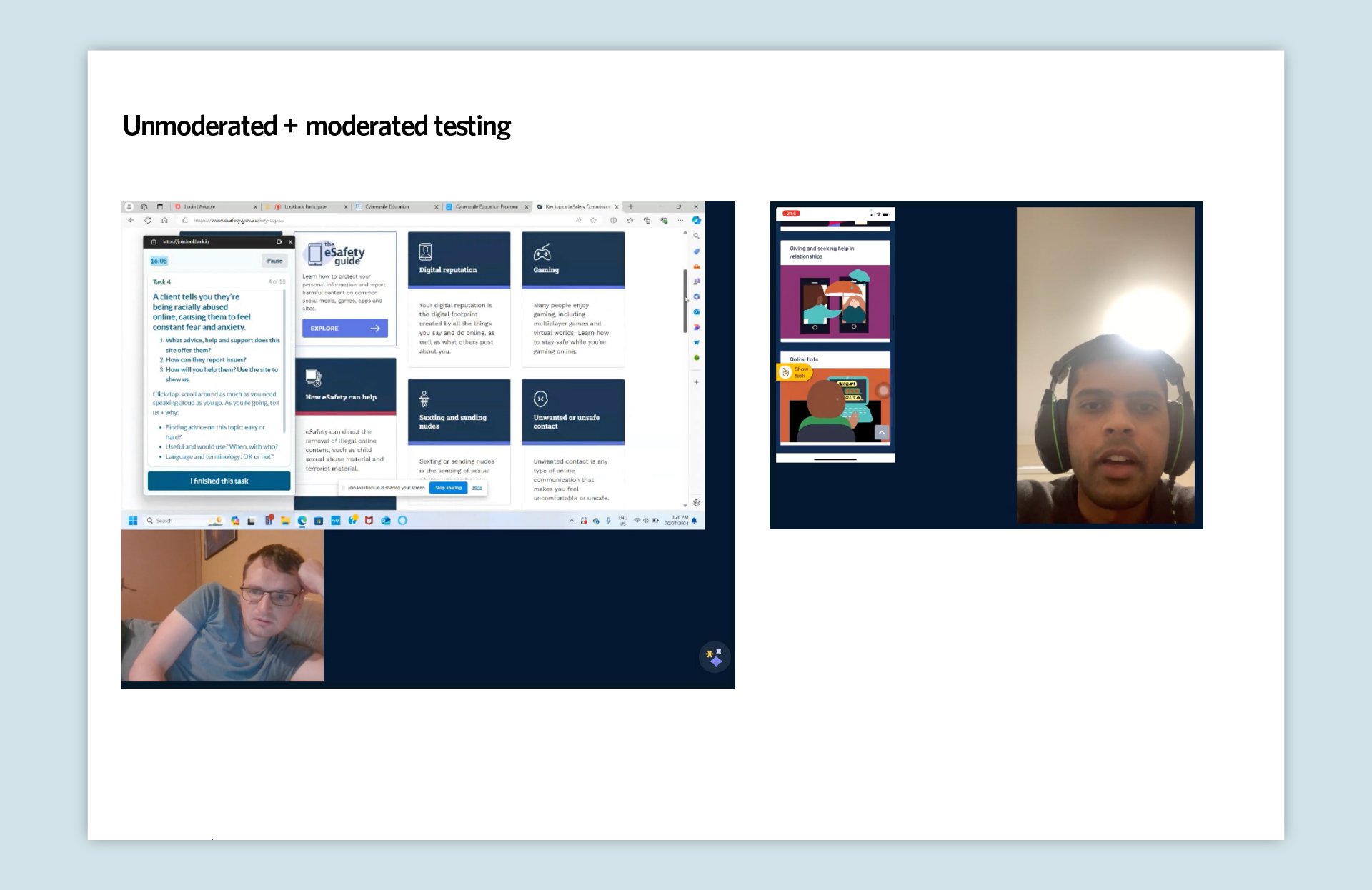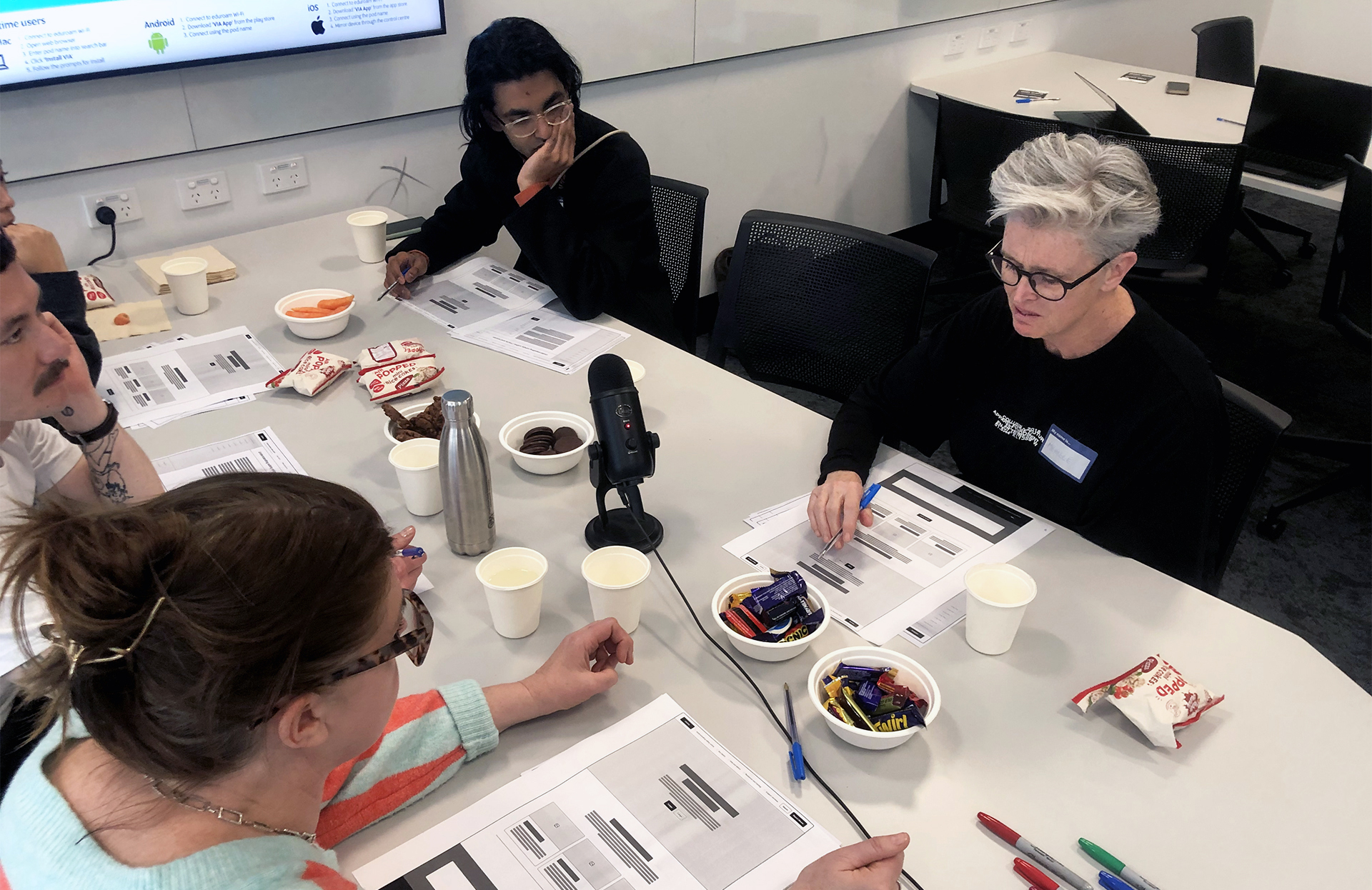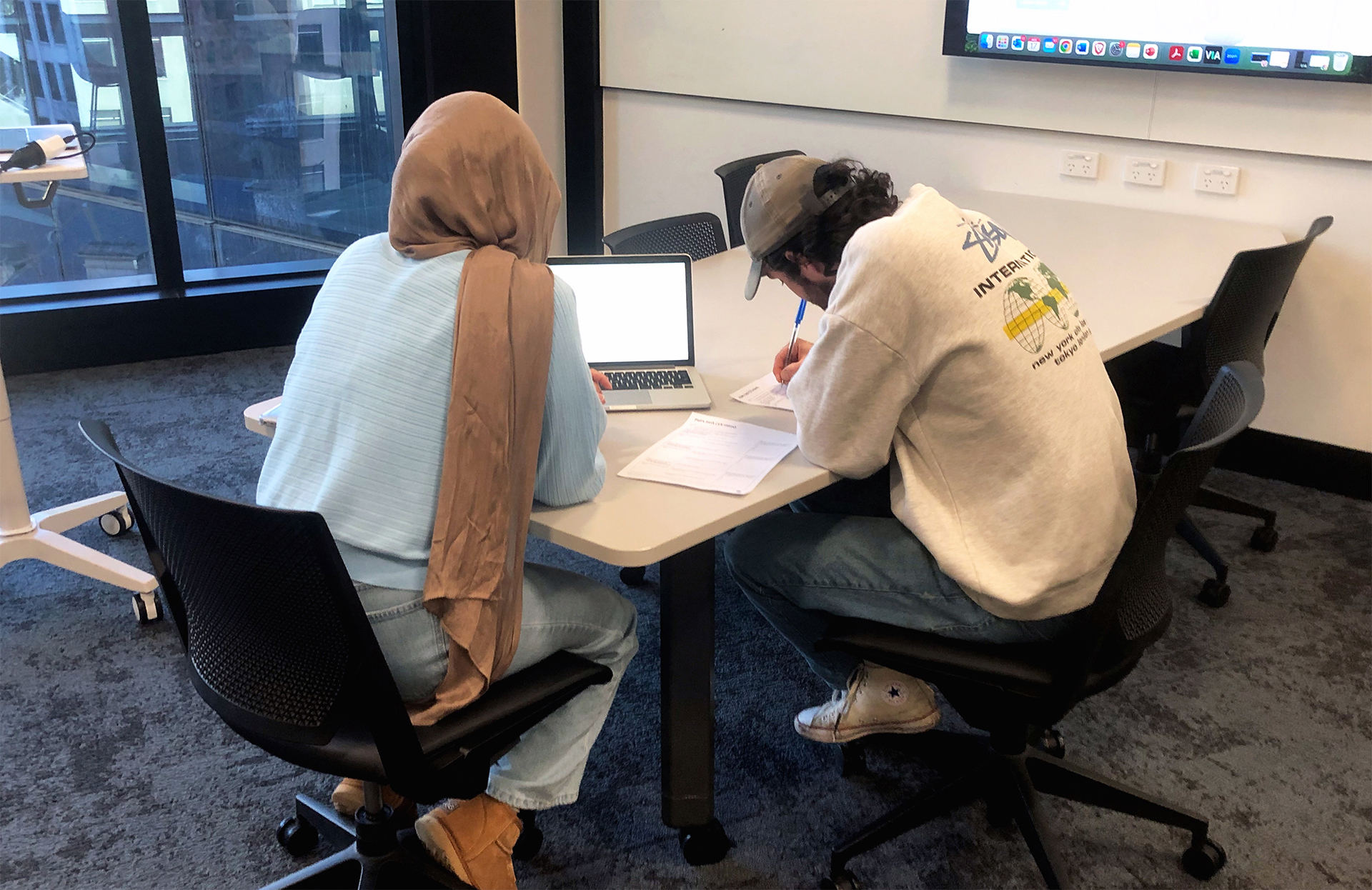In-depth UX research to guide website restructure and redesign for eSafety, the world’s first government agency committed to keeping its citizens safer online.
Learn more about this project

“From the get-go, we knew the team at Ellis Jones just got the brief. They listened to what we needed, were flexible in their approach and made valuable recommendations to help us achieve our goals. Their attention to detail is impressive and their collective experience in UX really shines through in every aspect of their work.”
—Yara Khalife, Senior Digital Experience Manager, Office of the eSafety Commissioner






